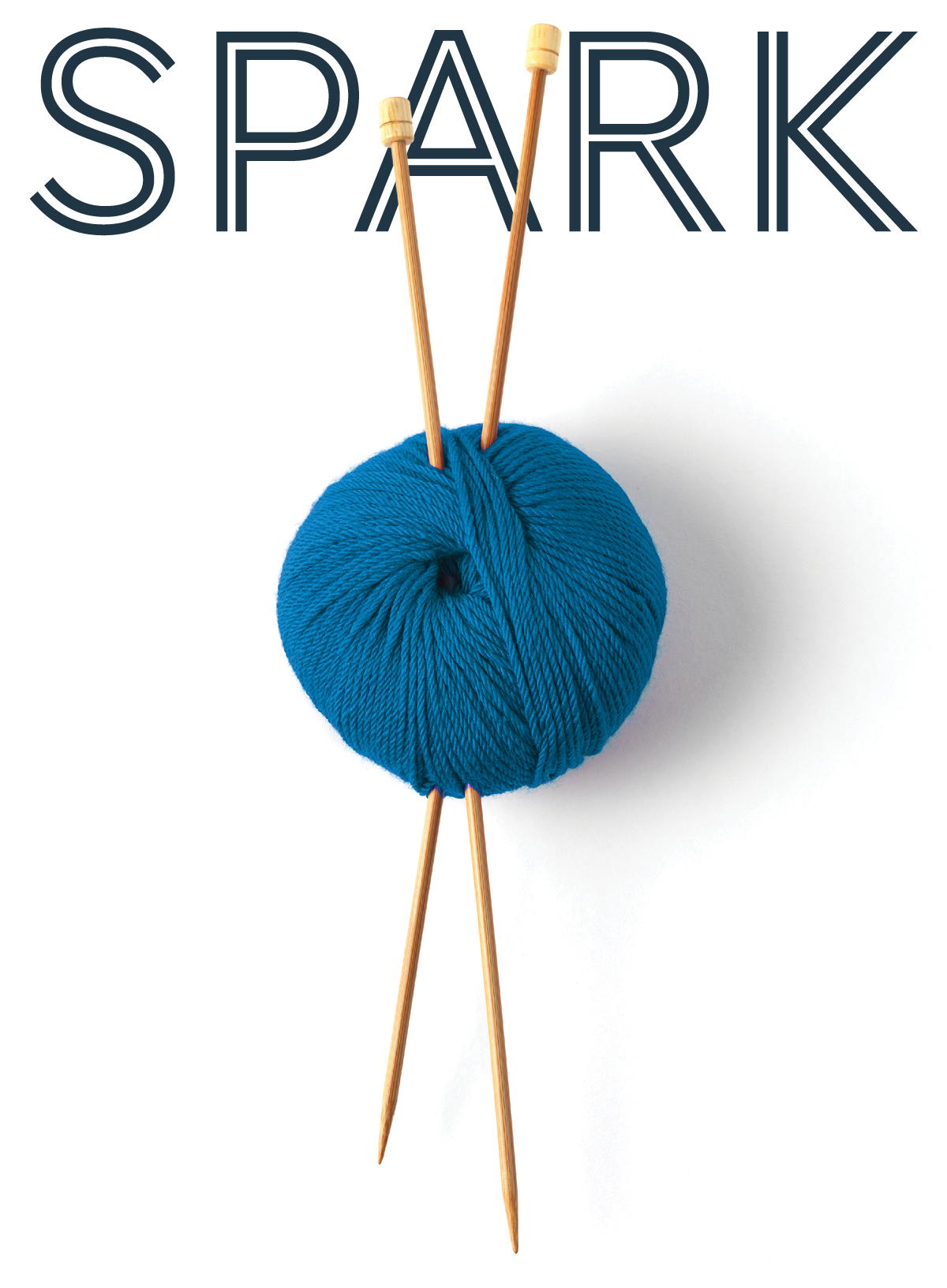The business of DIY

Do it yourself. Whether it’s baking, crafting or renovating, the DIY movement is inspiring consumers across the world to take creative endeavors into their own hands. But as crafters turn professional and media hone in on the process, there’s an entire business industry being built around the concept. Pinterest boards, Etsy marketplaces and HGTV reality shows all point to the potential that DIY has on the greater economic market.
In Colorado, online learning company Craftsy has become a dominant force in that market.
Launched in May of 2011, Craftsy focuses on interactive, high-quality instructional videos that allow viewers to learn a skill from the comfort of their own home. Classes range from sewing to metalsmithing, baking, painting or nearly any other type of craft imaginable. Unlike instructional YouTube videos, Craftsy allows for personalized guidance and feedback from an expert instructor, as well as downloadable materials and connection to a community of crafters.
But in the beginning it wasn’t all crafts.
“Our founders hoped to create a convenient education platform that captures the magic of a live classroom, including interaction with an expert instructor and fellow instructors,” says Craftsy Director of Brand Development Virginia Fuller. “After the founders first gave wine tasting and economics classes a whirl, John’s [John Levisay, CEO of Craftsy] mom, an avid quilter, suggested trying quilting instruction – and from there, it was history!”
Since its launch, Craftsy has grown from four co-founders to 200 employees and more than 5 million users – and DIY courses have definitely taken center stage. But what is driving users toward the crafting movement?
As the Great Recession hit the economy in 2008, the DIY movement saw a resurgence. A combination of money-saving approaches and DIY blogs saturated media, encouraging consumers to try their hand at creating new goods and repairing the ones that they already owned. Industries like automotive retail thrived during this time, with people more likely to try and fix their existing cars than take them to a mechanic or purchase new ones.
Hobby to business
While many have learned to save with DIY approaches, others yet have learned to profit. Craft markets across the Front Range are now common and showcase the wide variety of locally made goods from Colorado artisans looking to make a living from their creations. It’s at one of these markets that you’d be likely to find Lynsey Morgan, founder and designer of Enfuse Jewelry.
Having been introduced to metalsmithing in college, Morgan came to love the process of jewelry-making, and decided to turn her craft into a business.

“There are generations of entrepreneurs in my family, so I naturally gravitated towards turning something I loved into a source of revenue,” says Morgan. “I researched some different ways I might go about selling jewelry. I found Etsy, which allowed me to set up an online shop with very little financial investment or risk.”
 Initially a side business for extra income, Enfuse has since grown into her full-time profession. Morgan’s studio, which includes saws, drills, files, hammers, a torch and kiln, is based at her home in Berthoud, Colo., and her customer base has expanded.
Initially a side business for extra income, Enfuse has since grown into her full-time profession. Morgan’s studio, which includes saws, drills, files, hammers, a torch and kiln, is based at her home in Berthoud, Colo., and her customer base has expanded.
“In the past two years, I've focused on making Enfuse Jewelry an actual business with clear goals, branding, product, and with intention to both create beautiful jewelry and be my primary income,” Morgan says. “Now I sell online, in-person, and to specialty boutiques and galleries around the country.”
Finding the right tools
Even as the economy rebounds, DIY and personal craft projects are here to stay. For many, the practice isn’t just about frugality or business; it’s also a way to gain experience, personalize your possessions and gifts, and reconnect with tradition.
 “As more and more of our lives are moving online, we definitely see nostalgia for the handmade,” says Craftsy’s Virginia Fuller. “Many of our members learned to quilt or knit from a grandmother when they were children, and now they want to rekindle their passion and develop skills that can be passed down to future generations.”
“As more and more of our lives are moving online, we definitely see nostalgia for the handmade,” says Craftsy’s Virginia Fuller. “Many of our members learned to quilt or knit from a grandmother when they were children, and now they want to rekindle their passion and develop skills that can be passed down to future generations.”
For those crafters looking to embark on a new project, finding the right tools is key. For local residents, access to tools is about to get a whole lot easier. The Denver Tool Library (DTL), which plans to opens its doors in the Santa Fe Arts District of Denver in early 2015, will be the first established tool library in area. Sarah Steiner, founder of the Denver Tool Library, explains that the organization will operate much like any other library.
“I hope this allows some people to realize that they are handier than they think,” she says. “A lot of untapped potential can be discovered when you remove the barrier of having to purchase tools.”
By acquiring an annual membership, users can check out tools to take home or use in the DTL’s workshop. By providing both tools and the space in which to use them, Steiner is encouraged that more and more people will be willing to take on projects and embrace the DIY spirit.
She adds, “By sharing resources like power tools, work spaces, skills and ideas, all members of the DTL will have the chance to empower themselves and others.”

